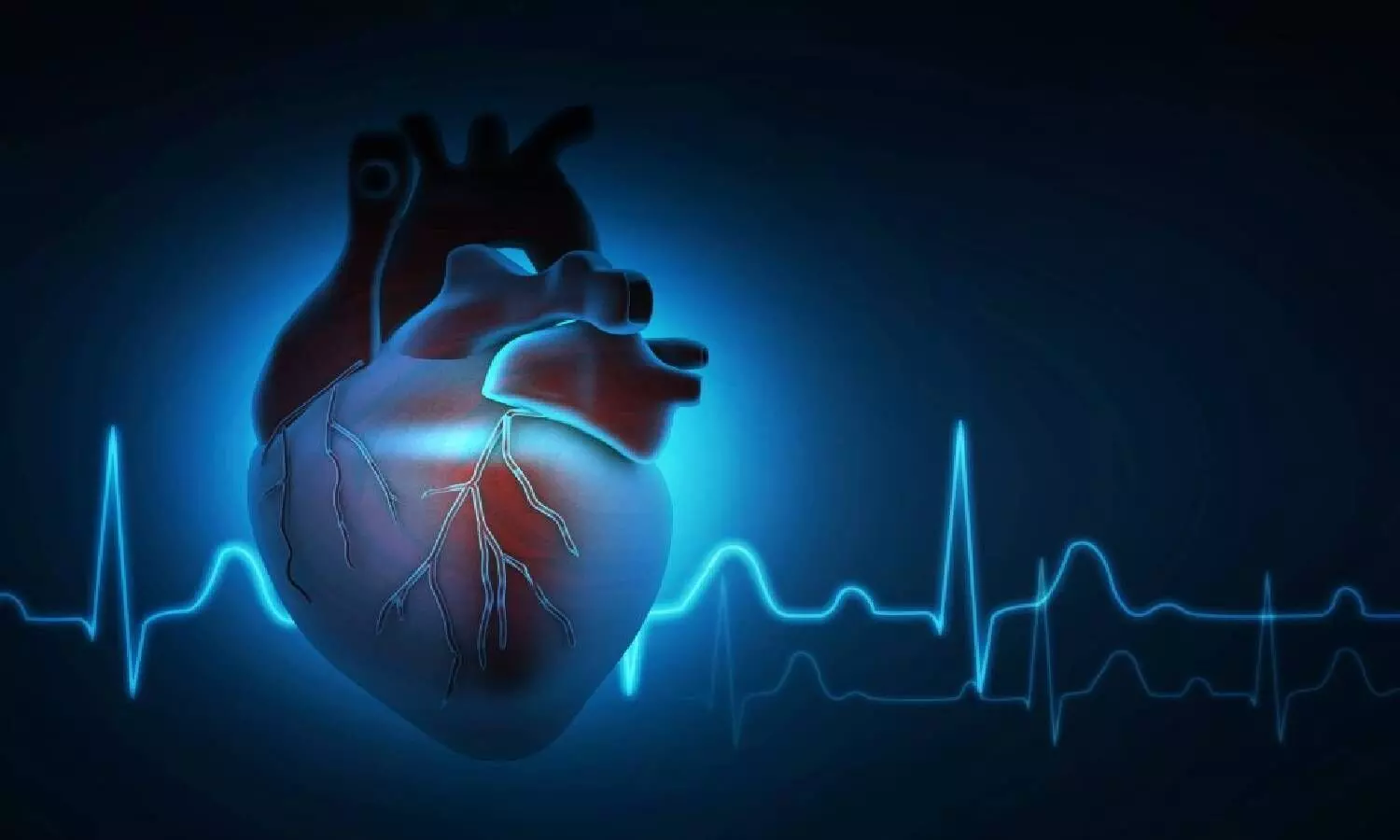Man with artificial heart treated for irregular cardiac rhythm in Hyderabad hospital
This is the first successful ventricular tachycardia (a condition where the lower chambers of the heartbeat very quickly) ablation on a patient with a left ventricular assist device.
By Newsmeter Network
Hyderabad: A 34-year-old patient with an artificial heart was successfully treated for a cardiac rhythm problem in AIG hospital. This is the first successful ventricular tachycardia (a condition where the lower chambers of the heartbeat very quickly) ablation on a patient with a left ventricular assist device.
The patient, a computer engineer with advanced heart failure and an implanted artificial heart pump, known as a left ventricular assist device was admitted to the hospital with a cardiac rhythm problem, i.e, irregular heartbeat.
This was diagnosed as ventricular tachycardia, a life-threatening arrhythmia involving extremely fast heart rates originating from the lower chambers of the heart. A multitude of medications was employed with little effect, which prompted attempts to provide a therapeutic electric shock which again proved unsuccessful.
Left untreated this leads to worsening of right-sided heart chambers and increases the risk to the patient.
At this point, the electrophysiology specialists of the hospital performed a complicated procedure that involved introducing multiple catheters through various blood vessels into the heart. Thereafter the electrical signals were analyzed using equipment to precisely localize the problematic site from which this rhythm problem was arising. A 3-D mapping system (Ensite Navx ) was used to navigate and precisely localize the target.
Finally, radiofrequency energy was employed to terminate the arrhythmia through a procedure known as VT Ablation. This already-intricate procedure was made significantly more complicated by the presence of the rotors of the artificial pump near the ablation site.